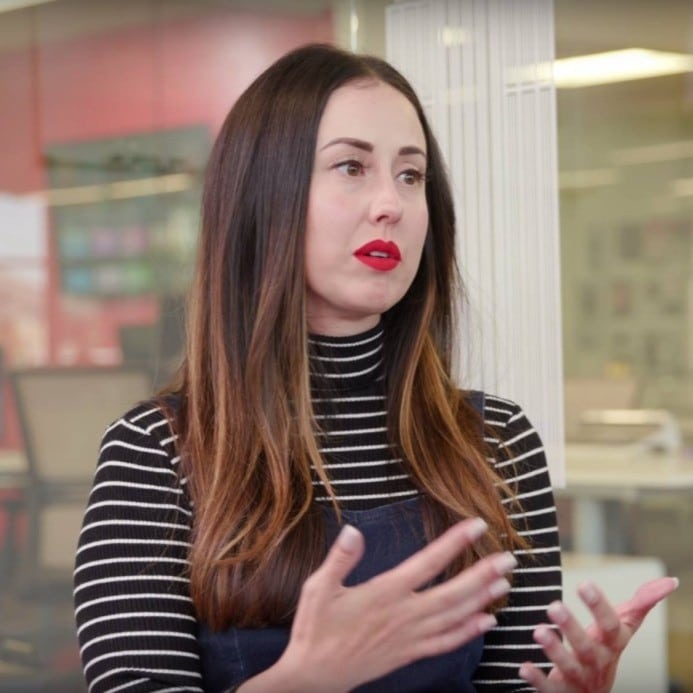Thanks for joining us for this 5-part series where we break down several on-page optimizations that you can do in a day that will improve not only where you show up in search but your chances of capturing the click through to your website.
If you didn’t catch Part 1 on title tags go to On-Page Optimizations You Can Do Today (Part 1). In that video I share a bit more about why on-page optimizations are super important in the digital landscape and I give you the super useful tool that we’ll be using to crawl your site and serve up everything in a simple excel or csv file.
Let’s get to it!
#2: Meta Descriptions
Meta description is another HTML element that you populate on your website within the content management system and it summarizes what the page or the post is about. Whatever you plug into the meta description field in the backend, this is what Google pulls, and this is where and how it shows up in your SERP:
You are limited to about 160 characters before the copy is cut off and you see those ellipses, like in the first post of this SERP from Huffington Post.
If you don’t have written meta descriptions for your landing pages and blog posts, Google will typically pull the first few sentences of the introductory paragraph. This is great if the first paragraph is rich with context of the whole article but as you can see in this example with the Huffington Post and Inc.com those first few sentences are fairly disjointed and without proper context.
If you want to ensure that you standout within your SERP, even if you rank below your competition for the time being, write a strong meta description. It’s the most digital real estate you can capture organically, other than the answer box, and it’s 100% within your control!
For Part 2’s challenge go back to the Screaming Frog report you ran during Part 1 and make sure that:
- You are writing unique meta descriptions for all your landing pages and blog posts
- You are staying within the 160 character count, and
- Your meta descriptions are as captivating, compelling and contextually telling as possible.
That’s it, Part 2 of the 5-part series down! Stay tuned for Part 3 and the next on-page optimization in the line-up. Until next time!









